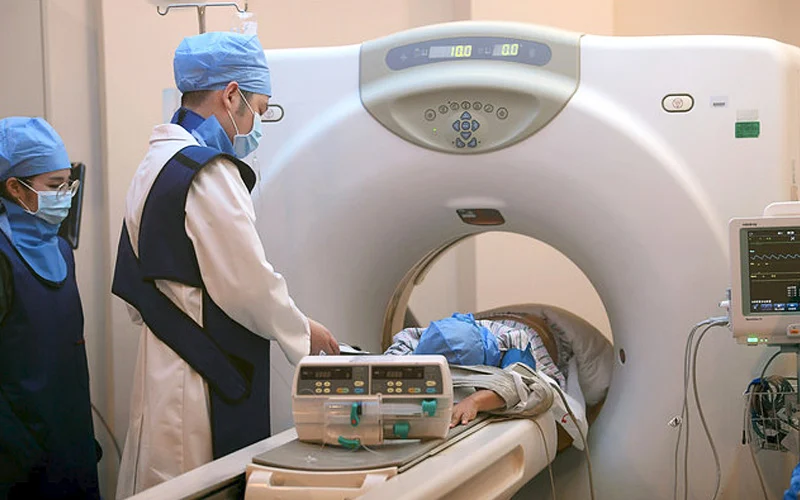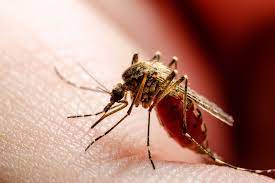Globally, there will be 35 million newly diagnosed cases of cancer in 2050, an increase of 77 percent from 2022, according to the cancer agency of the World Health Organization.
The International Agency for Research on Cancer (IARC) of the World Health Organization (WHO) identified tobacco, alcohol, obesity, and air pollution as significant contributors to the anticipated increase in cancer cases.
The IARC predicted that there will be more than 35 million newly diagnosed cancer cases in 2050. This represents a 77 percent increase from the estimated 20 million cases identified in 2022.
“Undoubtedly, the new estimates underscore the magnitude of cancer at present and the escalating burden of cancer that is anticipated to ensue in the coming decades and years,” said Freddie Bray, IARC’s director of cancer surveillance.
The IARC estimated that 9.7 million cancer-related fatalities occurred in 2022, according to a statement accompanying its biannual report that analyzed data from 36 cancers and 185 countries.
It was further stated that approximately one in every five individuals will develop cancer during their lifetime, with one in every nine males and one in every 12 women succumbing to the illness.
“The escalating worldwide cancer burden is a consequence of population expansion and ageing. This trend is also driven by changes in risk factor exposure, many of which are connected to socioeconomic advancement.” “Tobacco use, alcohol consumption, and obesity are significant contributors to the rising incidence of cancer. While air pollution continues to be a major driver of environmental risk factors,” the IARC stated.
Reduced-income strain
Furthermore, the IARC emphasized that the location of a patient’s residence influences the level of cancer risk.
The agency predicts that the most industrialized nations will experience the greatest increases in case numbers. An additional 4.8 million new cases are anticipated in 2050 compared to estimates from 2022.
Conversely, nations positioned at the lower end of the Human Development Index (HDI), a metric employed by the United Nations to assess economic and social progress, will experience the most substantial proportional growth, with an increase of 142 percent.
It was also predicted that countries in the middle range would experience a 99 percent increase.
Bray stated, “One of the greatest challenges we are facing is that the proportional increases in the cancer burden will be most pronounced in countries with lower human development and income.”
“They can anticipate a substantial burden increase of more than twofold by the year 2050.”
“At the moment, these nations are notably unprepared to effectively address the cancer crisis.” Cancer hospitals are anticipated to admit more patients in the future.
Although there are over 100 types of cancer, Bray said the top five account for about 50% of instances.
“Globally, lung cancer is the most prevalent form of cancer, especially among men,” he stated. “Among women, breast cancer is without a doubt the most prevalent form of cancer.”
In addition, as lifestyles evolve, various varieties of cancer are affecting populations at an increasing rate, according to the IARC. As an illustration, colorectal cancer is presently the second most fatal and the third most prevalent cancer worldwide. Age, obesity, tobacco usage, and alcohol use raise colorectal cancer risk.
A substantial increase in funding should be directed towards early detection and screening methods for cancer. Bray stated that significantly more should be invested in both disease prevention and palliative care for those who are afflicted.





